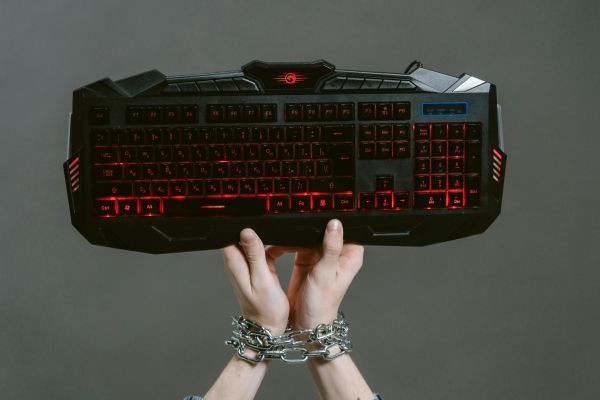Developing a video game is an exciting yet challenging process that involves creativity, technology, and problem-solving.
12/28/24 • 340 Views
Developing a video game is an exciting yet challenging process that involves creativity, technology, and problem-solving. Whether you're a budding game developer or someone interested in how games are developed, it is very important to know the basic steps of game design. This article serves as a simple guide to tell you the journey of getting your concept completed.
1. Concept and Ideation
Each game starts with an idea. This is the creative process where you decide the type of game, the game mechanics, and the storyline. Are you going to design an action shooter, or a peaceful farm simulation game or an RPG? Decide very early on which type the game is, since most other things depend on the core concept.
This is when you identify your target audience for your game. Are you targeting casual players, hardcore gamers, or both? Your target audience will help define the tone, difficulty, and overall feel of the game.
2. Game Design Document (GDD)
Once you have a solid idea, the next step is developing a Game Design Document or GDD. The game design document serves as a blue print of your game wherein every detail of the gameplay mechanics and controls to the overall art style and level progressions can be included here.
In the GDD, consider including the following:
Gameplay mechanics. What are the possible player actions? How does a player interact with the world of the game?
Story and characters: If it's applicable what is the story of your game? And who plays the lead characters?
Art style: What type of pixel art or what kind of 3D model will accompany the game?
Sound and music: What kind of sound design to accompany play?
Levels and challenges: How does it progress to be completed and what challenge or puzzles awaits the user?
This acts as a reference point for the entire development process and makes sure everyone is on the same page.
3. Prototyping
After the planning phase, it's time to enter the building of a prototype. This is a pretty basic, functional version of your game that will let you test core mechanics and ideas. The prototype does not require advanced graphics or full gameplay; its purpose is testing whether the game concept does work as expected.
At this point, the developers work on perfecting game mechanics. If player movement isn't fluid enough or combat isn't fun enough, there's still an opportunity at the prototype to fix this before spending too much time or money.
4. Production and Development
Full-scale development follows, during which most of the heavy-lifting occurs-in this case, the development involved all aspects: coding, creating the art, level designs, sound designs, etc. This would involve developers, artists, sound engineers, and writers, each striving to create the ultimate vision into a complete game through a prototype.
During this stage, the game developers use specialized tools and engines such as Unity, Unreal Engine, or Godot to bring the game to life. Artists design visual elements of the game from environments to character models, and sound designers create music and sound effects to enhance immersion.
5. Testing and Iteration
Once the game is playable, it’s time for testing. Game testers play through the game to find bugs, balance issues, and any problems with the user interface. They provide feedback on gameplay elements, such as difficulty, pacing, and enjoyment. This feedback is invaluable, as it helps developers make improvements and polish the game before release.
This testing phase usually takes a few iterations where the developers make the necessary changes according to tester feedback. Balancing the game is important: it must be challenging but not frustrating and allow players to progress without too much difficulty.
6. Launch and Post-Launch Support
This means, after months (or even years) of development, it is finally time to release your game. Whether it's launching on PC, consoles, or mobile devices, a successful launch involves marketing, setting up distribution channels, and ensuring that players can access the game without issues.
The work doesn't stop when the game is released, however. Post-launch support includes bug fixes, updates, and sometimes downloadable content (DLC) to keep players engaged.
Conclusion:
Creating a video game is a complex but rewarding process that requires collaboration, creativity, and technical skill. By following the steps of ideation, design documentation, prototyping, development, testing, and post-launch support, you can bring your vision to life. While the journey is long and full of challenges, seeing players enjoy your game makes it all worthwhile. Whether you’re making a game solo or with a team, understanding the basics of game design is the first step toward creating a truly immersive experience.









